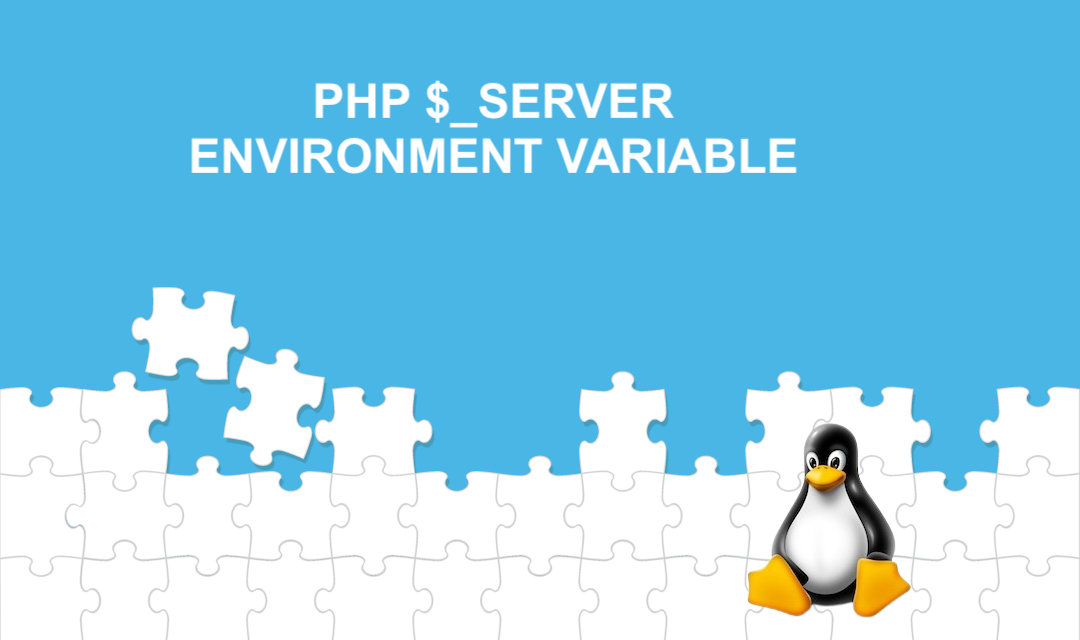
One of our WordPress websites was running very slow, so I have been asked to diagnose the application. The website was running in upwards of 6 seconds to load the homepage, and 8+ seconds to load woocommerce product pages. There are several debugging and profiling tools available in the PHP realm, and Xdebug is an excellent choice. New Relic (free and premium versions) is another choice for profiling and debugging PHP applications.









